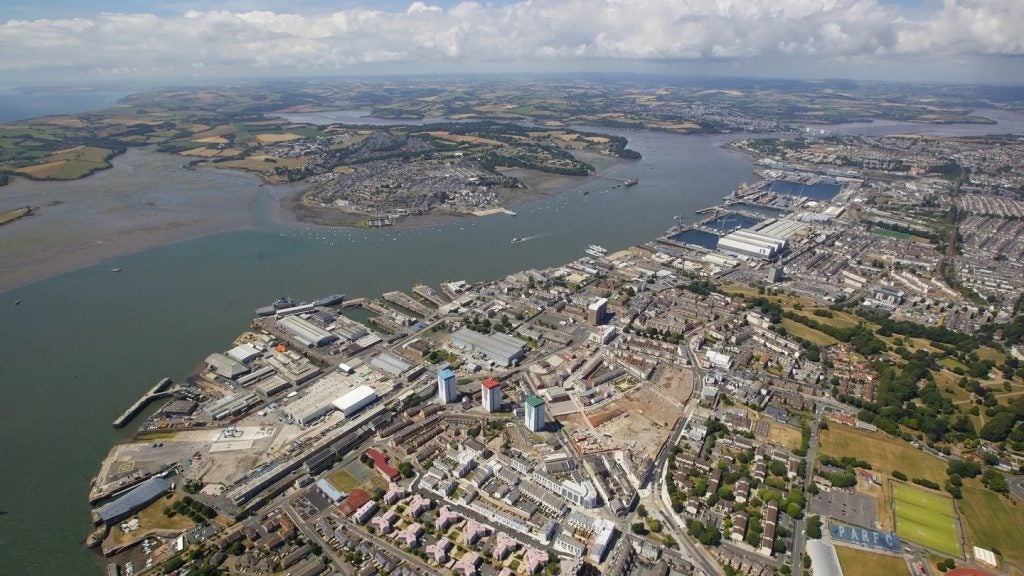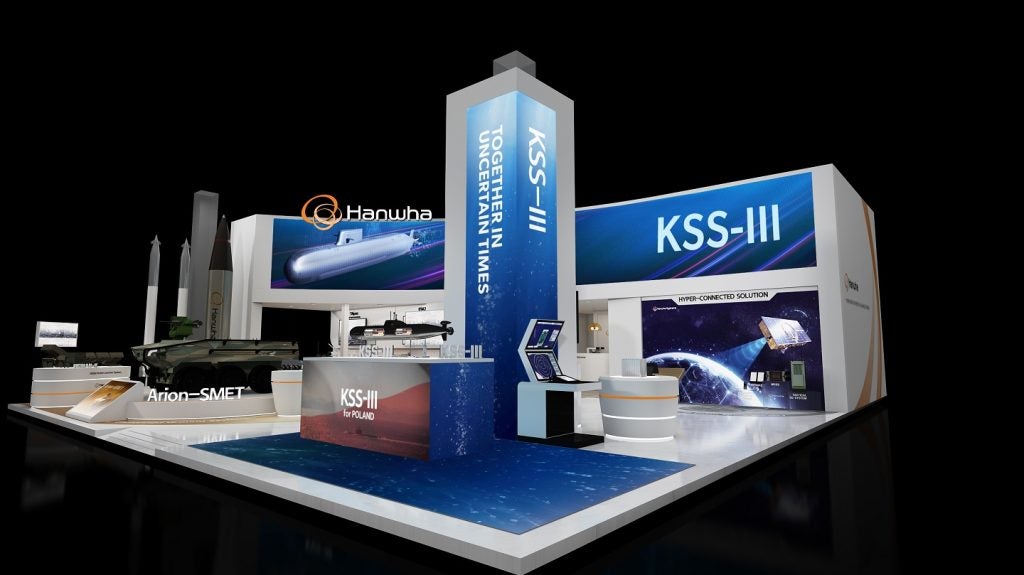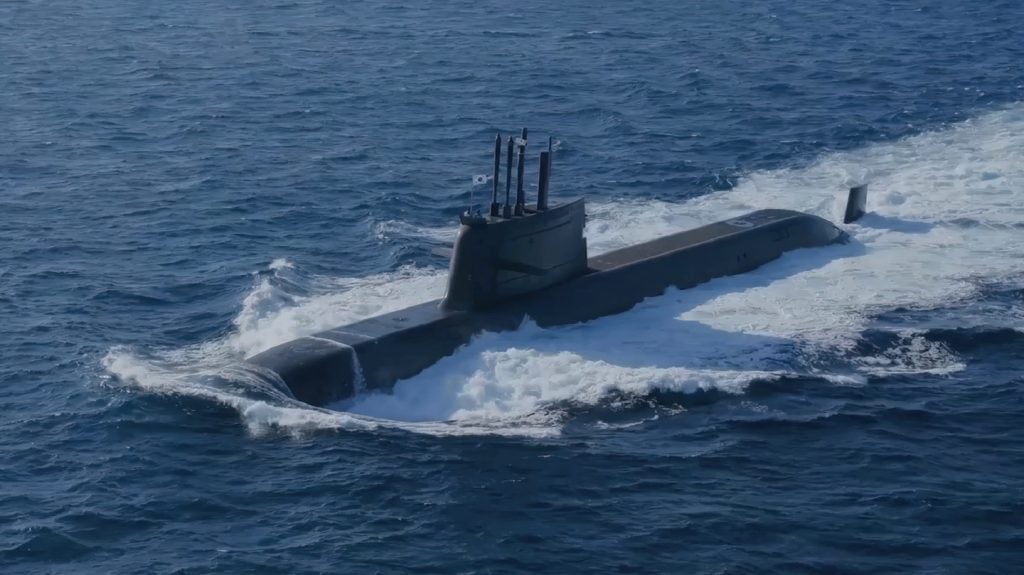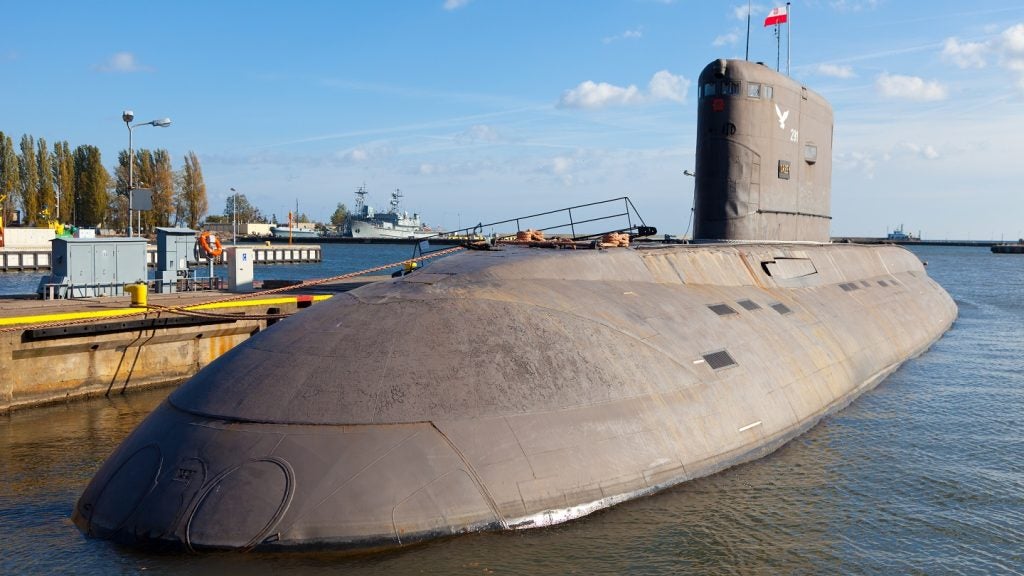Leading companies in the global naval industry are ramping up positioning efforts for Poland’s Orka submarine programme, which will introduce a new class of up to four diesel-electric, conventionally powered submarines (SSK) for the Polish Navy.
The Orka programme, first launched in 2014, was reconfigured in May 2023 as new requirements were outlined for industry, which had already put forward platforms such as Sweden’s A26 Blekinge class, the German Type 212CD, and the French Scorpene SSK.
Poland currently operates a single 1980s-era Russian-origin Kilo-class SSK, and is seeking to modernise its subsurface capabilities amid a widespread European rearmament initiative as the Russia-Ukraine war continues to rage.
In a 3 September 2024 release, timed to coincide with the MSPO defence exhibition and conference in Poland, UK defence prime Babcock stated that was “gearing up” to “play its part” in Poland’s Orka programme, with the company citing its expertise in naval submarine sustainment and integration for navies around the world.
Babcock to leverage naval sustainment expertise
Babcock provides through life maintenance support to the UK Royal Navy’s nuclear submarine fleet, to include undertaking through-life design changes, as well as specialising in weapon handling and launch systems for both ships and submarines, the company said.

Regarding Poland’s Orka programme, Babcock said that its position as the single support provider for the UK nuclear submarine fleet and the Canadian conventional diesel electric submarine fleet, as well as the navies of Australia, Spain, and the Republic of Korea, demonstrated its expertise in the sector.
The company is also working in Poland to deliver the Miecznik-frigates programme, a class of warships based on the Arrowhead 140 design selected for the UK’s Type 31 programme, which Babcock is leading.
“Through our existing presence and relationships in Poland, we understand the importance of the Orka programme in terms of Poland’s national defence, security, industrial, commercial, and social value priorities,” Babcock said.
Examples of submarine capabilities that Babcock could offer to the prospective Orka submarines include weapon handling and launch systems, in addition to payload integration and fleet sustainment.
Orka another opportunity for South Korea in Poland?
Following the reconfiguration of the Orka programme last year, industry have sought to refine their offerings to Poland, with the acquisition of new submarines of strategic importance for the country, which shares land and maritime borders with Russia’s Kaliningrad exclave.
In addition to the usual suppliers in Europe, South Korea has been busy carving itself significant market share in Poland, one of the continent’s busiest, with Hanwha securing programme wins for the provision of main battle tanks, artillery, and multiple launch rocket systems to the Polish armed forces.

At the 2024 edition of the MSPO exhibition, Hanwha has returned to Poland to showcase the KSS-III submarine for the Orka programme, in addition to offering “comprehensive plans” to transfer technology related to submarine maintenance, and repair and overhaul operations to Polish industry, the company stated in a 2 August release.
Designed and built by Hanwha Ocean, the KSS-III is the latest SSK submarine operated by the South Korean Navy and is armed with six tubes for wire-guided torpedoes, anti-ship missiles, cruise missiles, and mobile mines.

In addition, the Hanwha Ocean built class features hull-mounted vertical launchers for conventional Submarine Launched Ballistic Missiles (SLBM). Hanwha stated the KSS-III uses an Air Independent Propulsion (AIP) system and lithium-ion batteries, meaning the class can stay submerged for more than 21 days before needing to surface.
The KSS-III had “proven its effectiveness in… shallow waters of the West/Yellow Sea” in the Asia-Pacific, Hanwha said, of an area of water that is shallower than depths available in the Baltic Sea.









